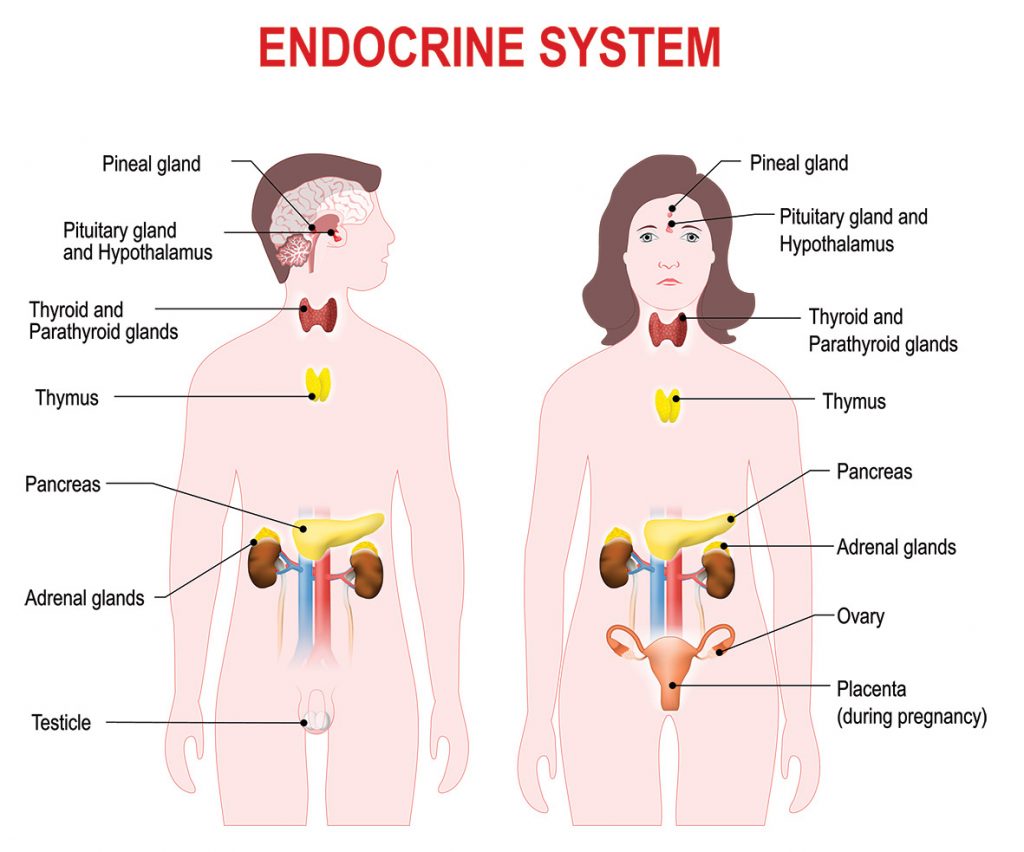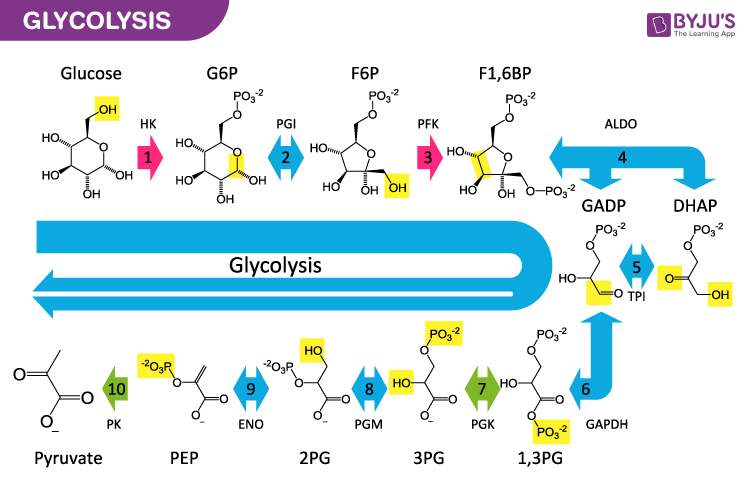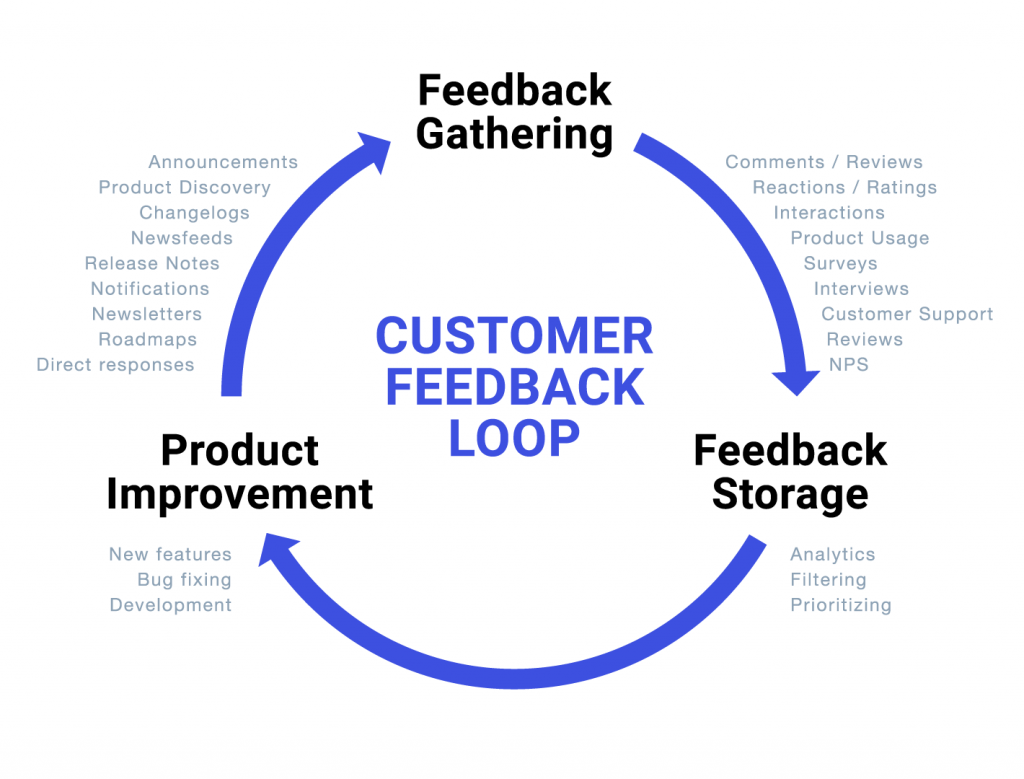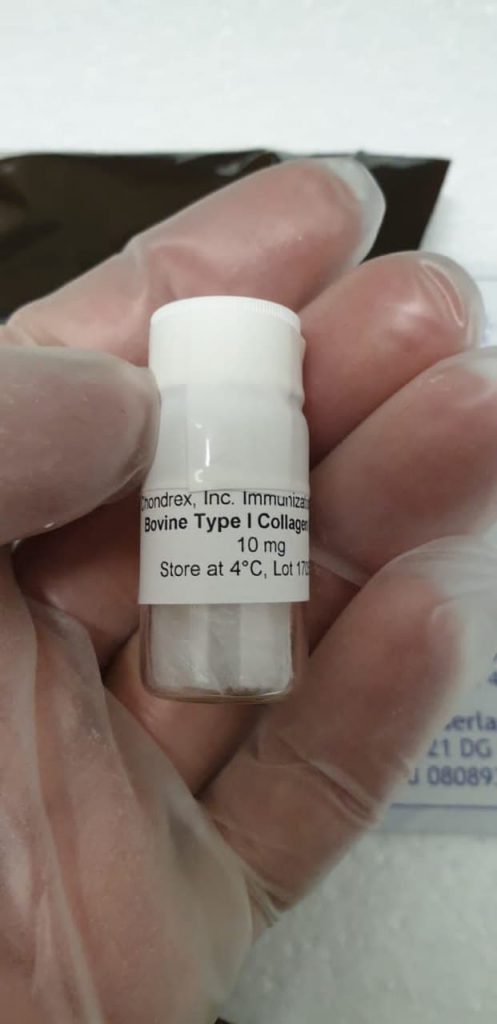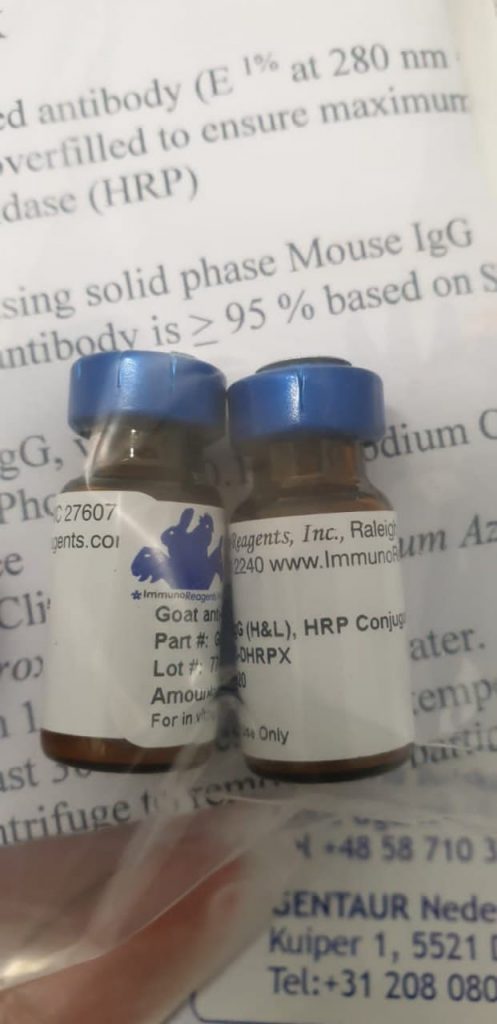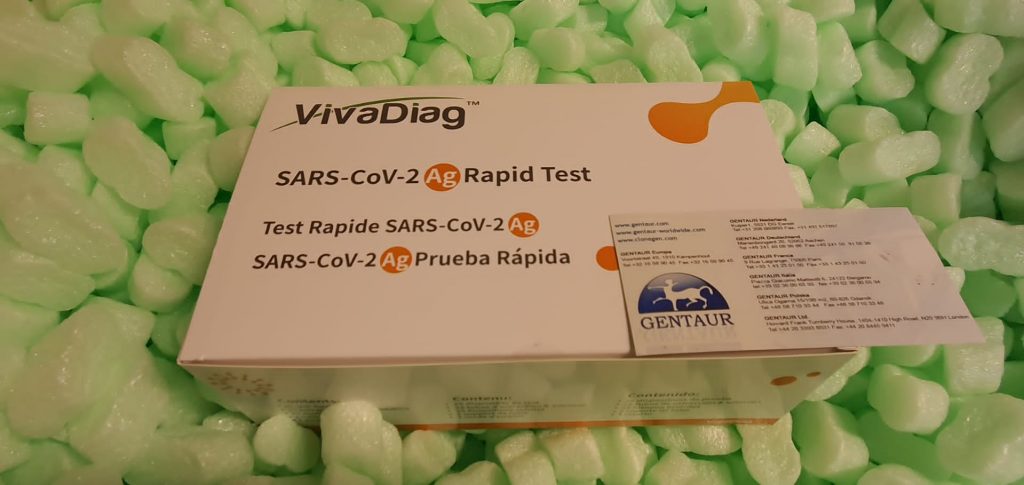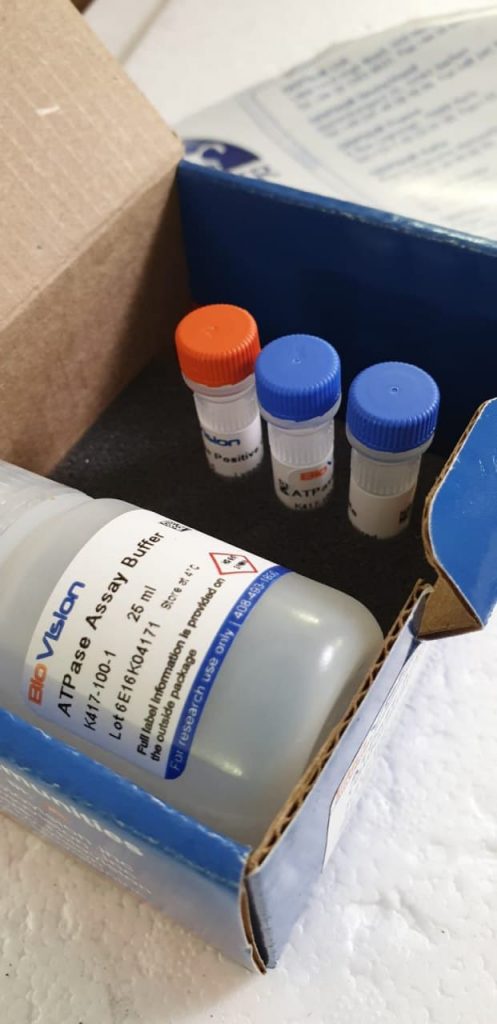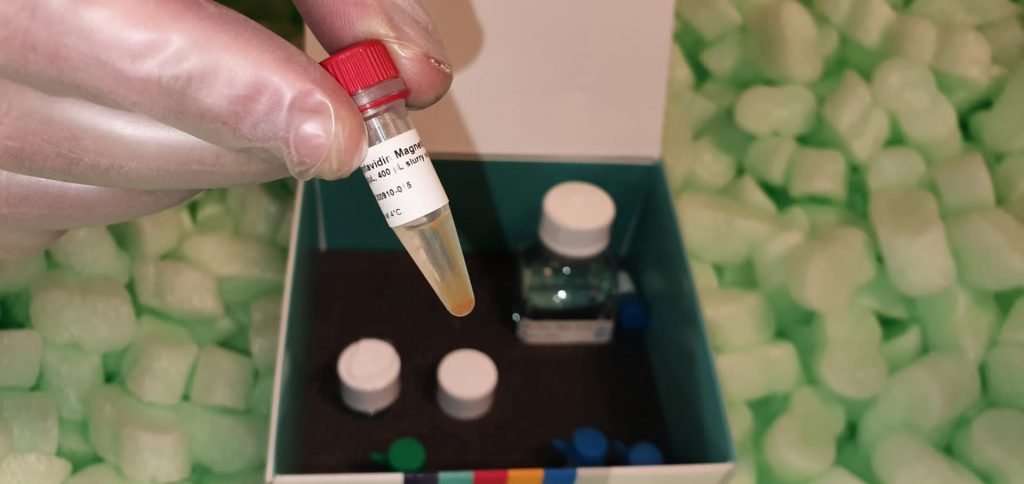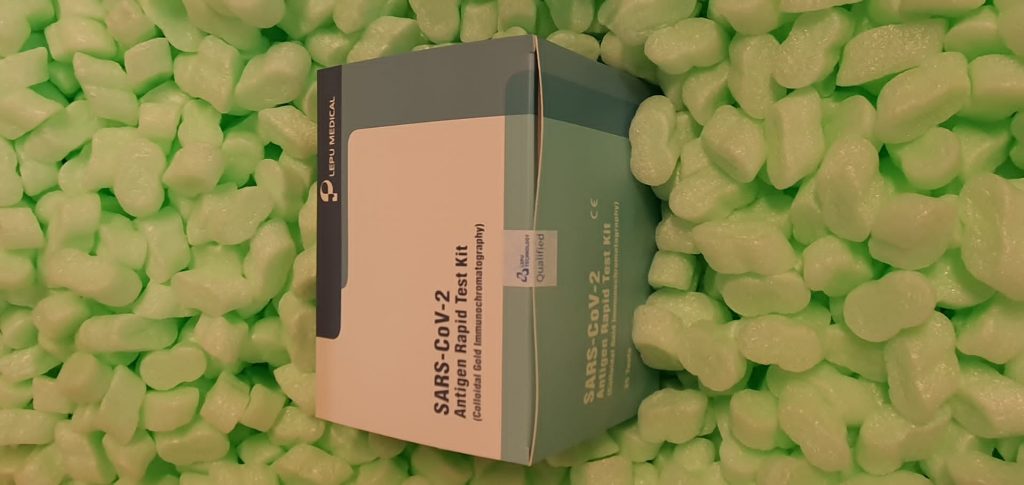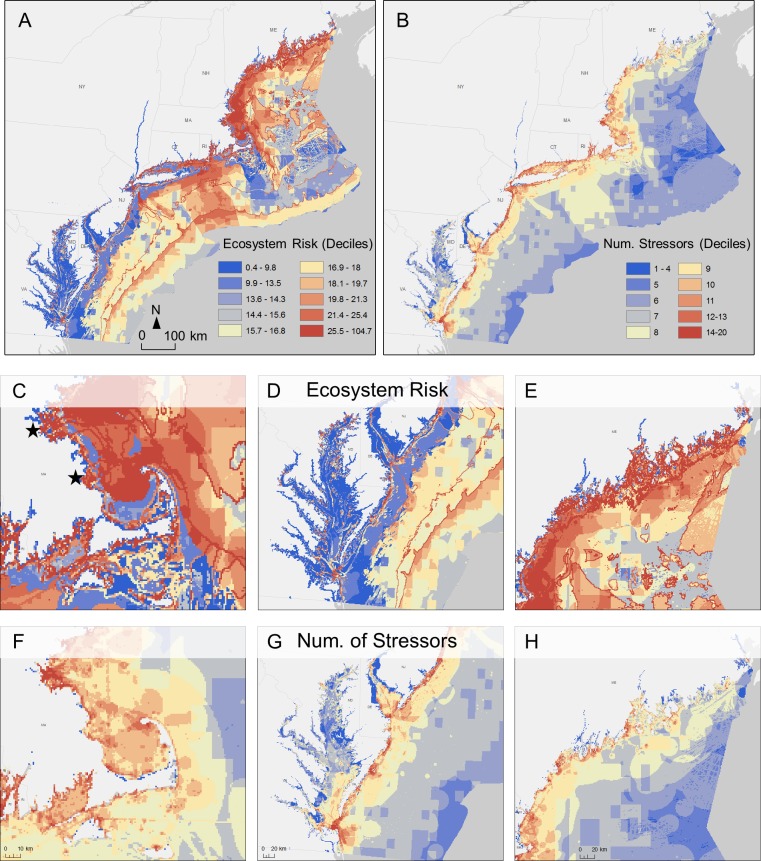Hormonal (endocrine) system
The endocrine glands produce chemicals called hormones and pass them directly into the bloodstream. Hormones can be thought of as chemical messages. From the bloodstream, hormones communicate with the body by targeting their target cell to cause a particular change or effect in that cell. The hormone can also create changes in the cells of […]
Hormonal (endocrine) system Read More »

